Barco Old English Pantiles
Handmade Old English Clay Pantiles With Character & Craft
William Blyth Barco Tiles are a celebration of British roofing heritage, handmade on our historic site using centuries-old techniques.
Each Old English Pantile is crafted from our own Humber alluvial clay and fired in traditional coal-fired down-draught kilns—imparting natural colour variation, subtle texture, and enduring performance.
Trusted by architects, conservation officers, and heritage bodies, these pantiles are ideal for listed buildings, conservation projects, and premium self-build homes seeking authenticity, durability, and timeless appeal.
Clay Pantiles With A Story
The distinctive form of the Old English Pantile—with its wide roll and softly undulating shape—makes it one of the most elegant tile profiles still in use today. Our Barco version enhances this with a handmade finish and a naturally weathered appearance that matures beautifully over time.
From rural cottages to heritage restorations, William Blyth Barco Pantiles blend architectural tradition with handcrafted excellence.
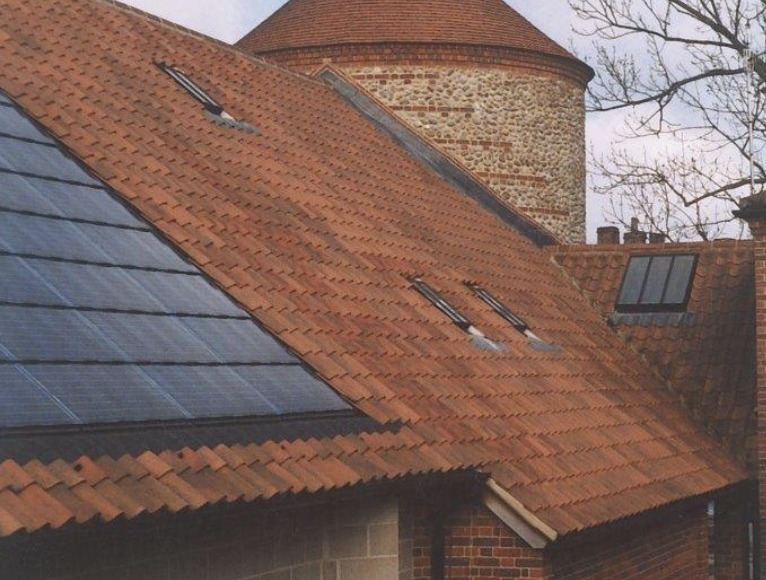
Roof Pantiles: Our Natural Colour Range
Our Barco Pantile is available in four traditional finishes, each produced by hand, with natural variation in tone, texture, and surface that reflect their method of making.
Natural Red Pantiles
Fired to reveal deep oranges through to warm reds, our Natural Red Barco Pantile offers classic clay charm that suits both modern and historic roofs. Over time, the tile weathers gracefully, building a lived-in warmth that can’t be replicated.
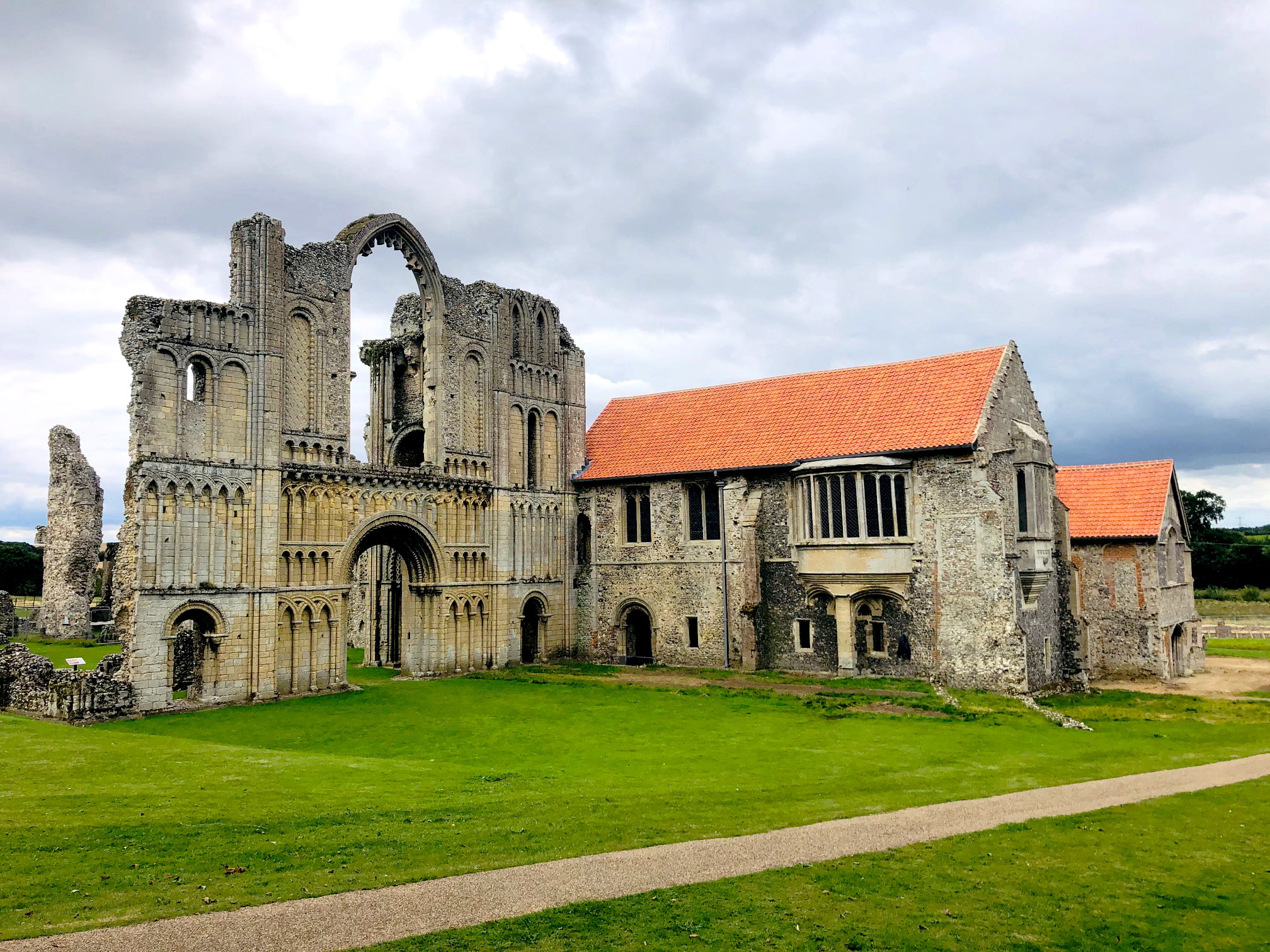
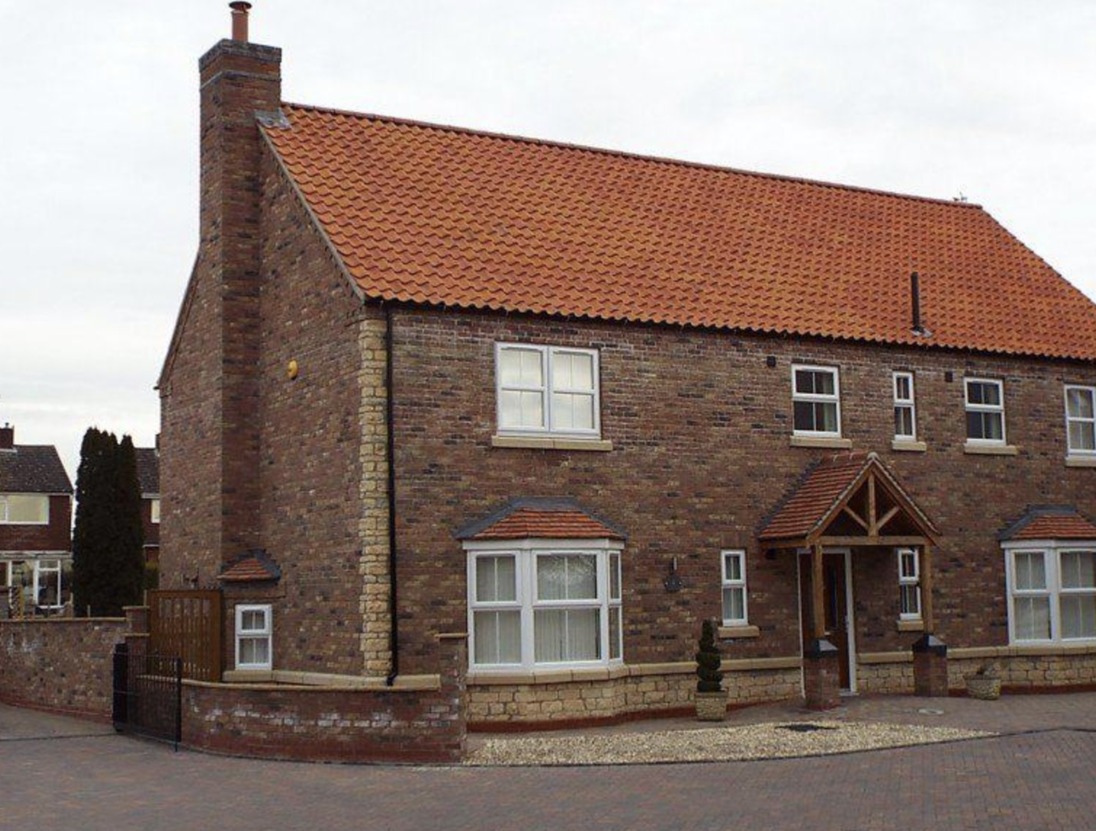
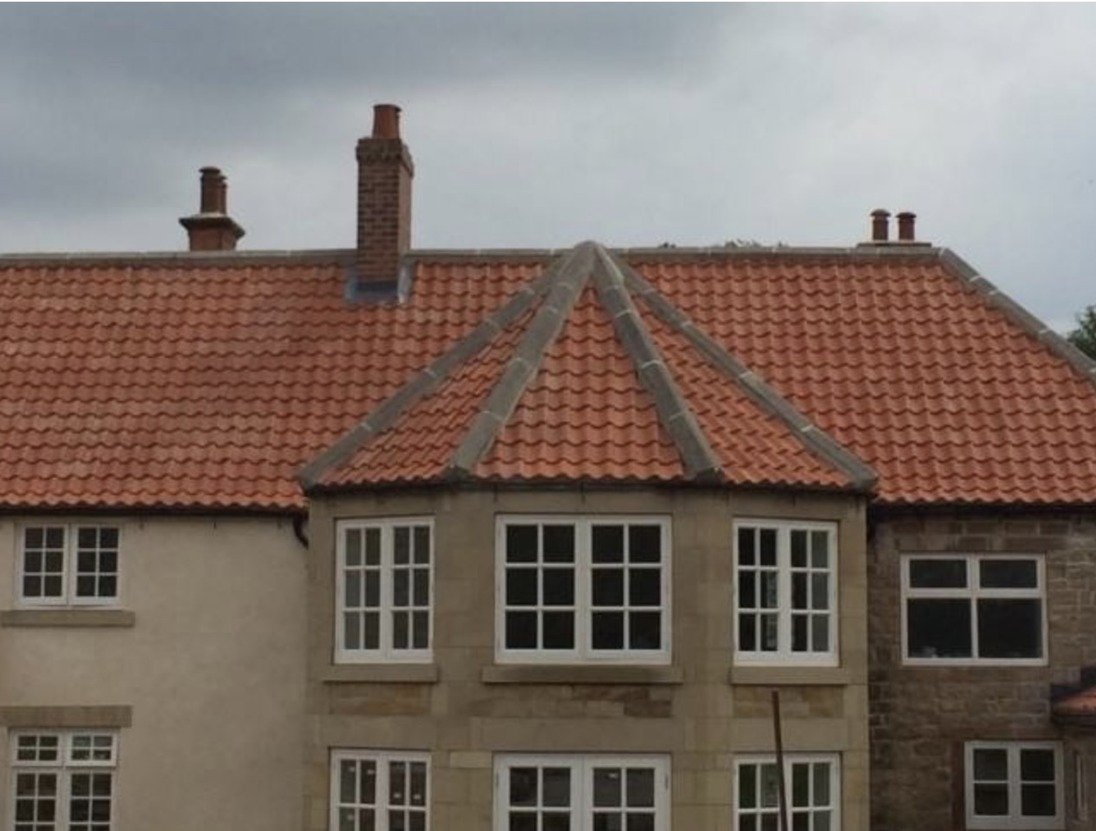
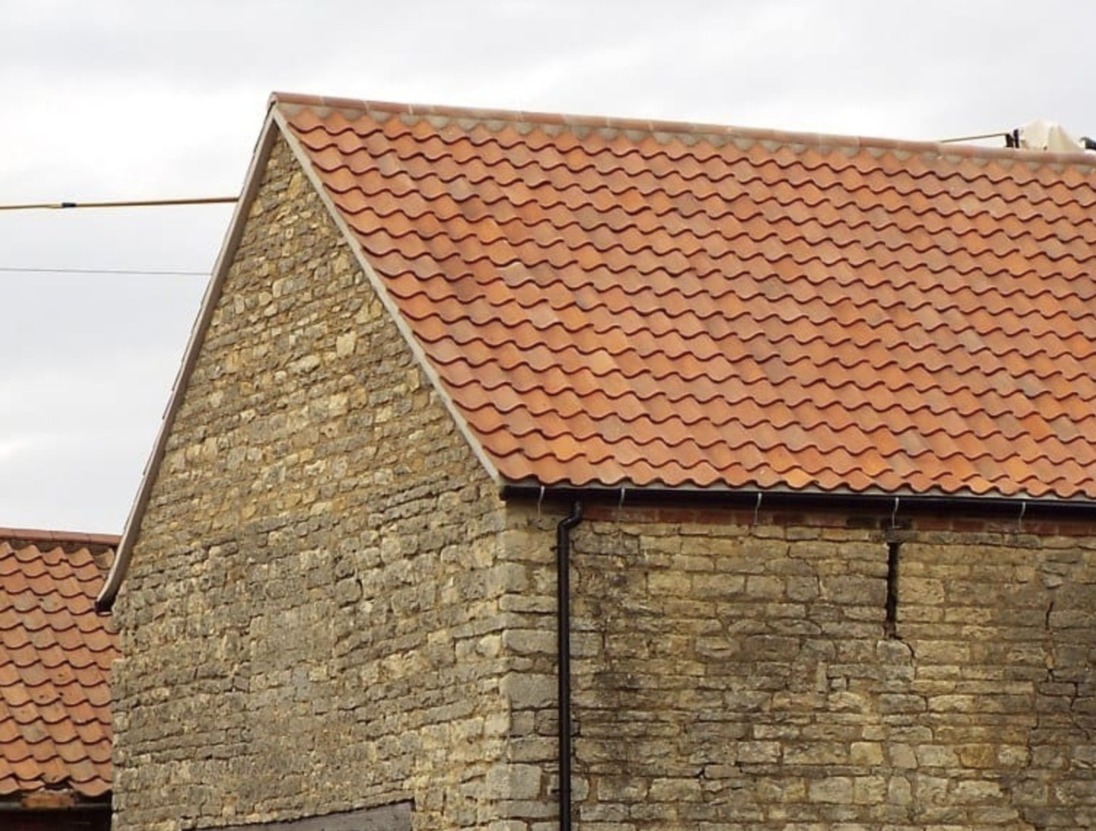
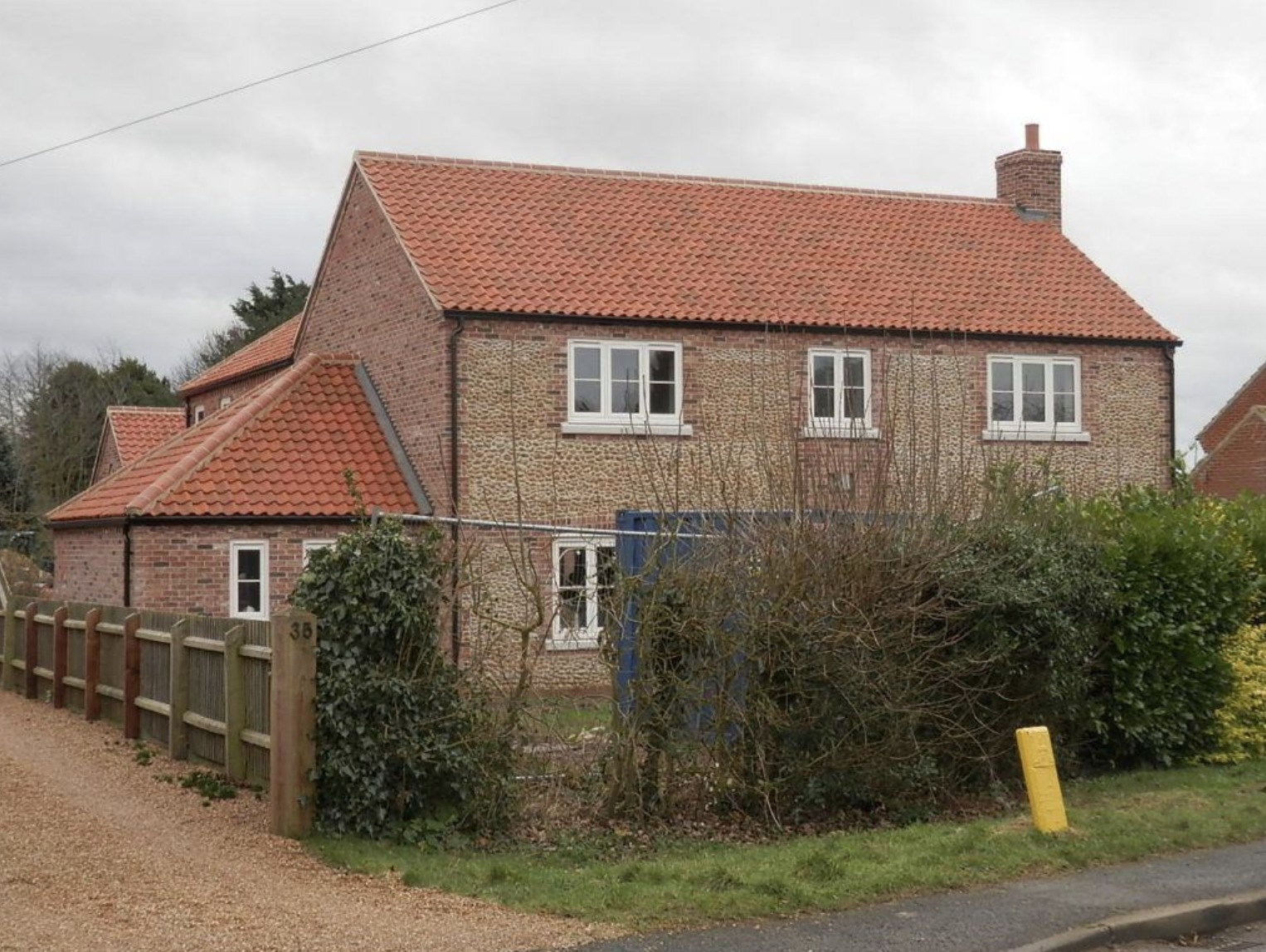

Weathered Pantiles
Our Weathered finish gives an instant aged appearance, perfect for restoration projects or for blending into mature surroundings. Each tile is subtly toned for a soft, lived-in patina straight from the kiln.
Light Antique Pantiles
A popular choice for listed properties and traditional developments, Light Antique tiles are coloured to evoke an authentic, timeworn roofscape. You may still glimpse the red base clay beneath—adding depth and detail.
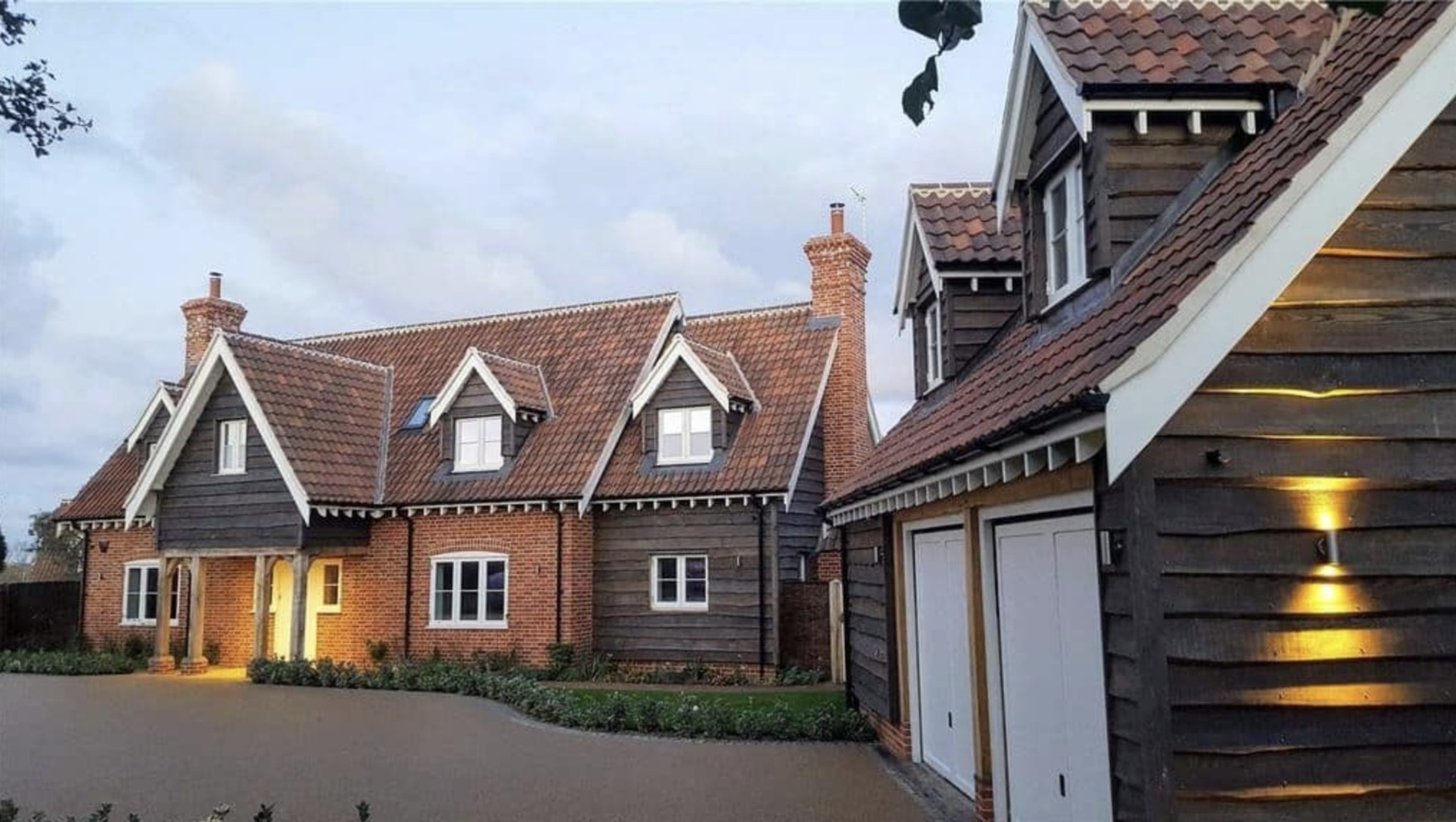
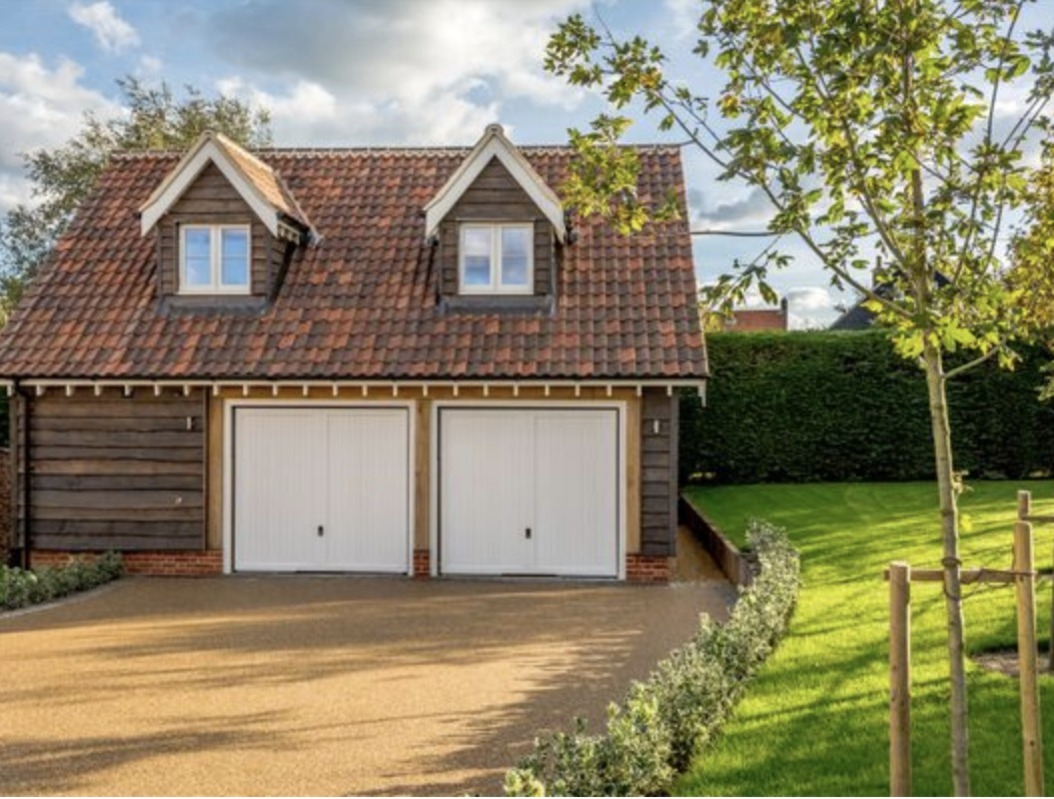
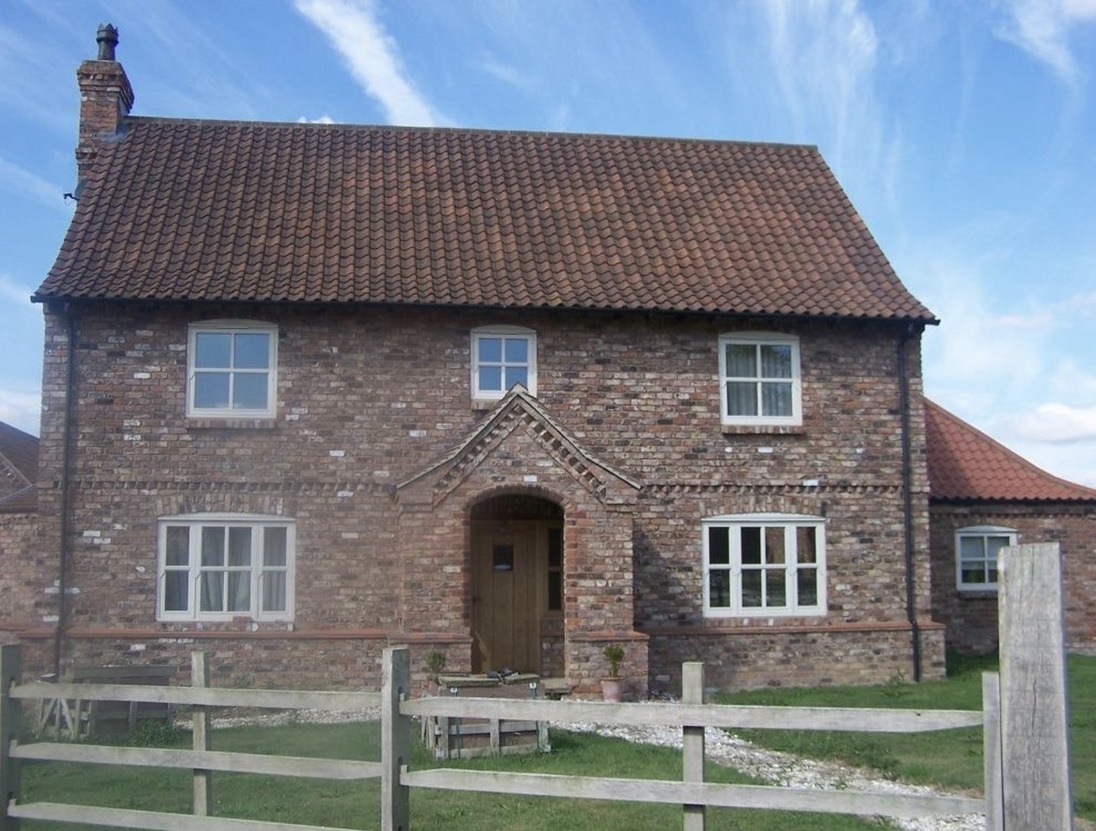
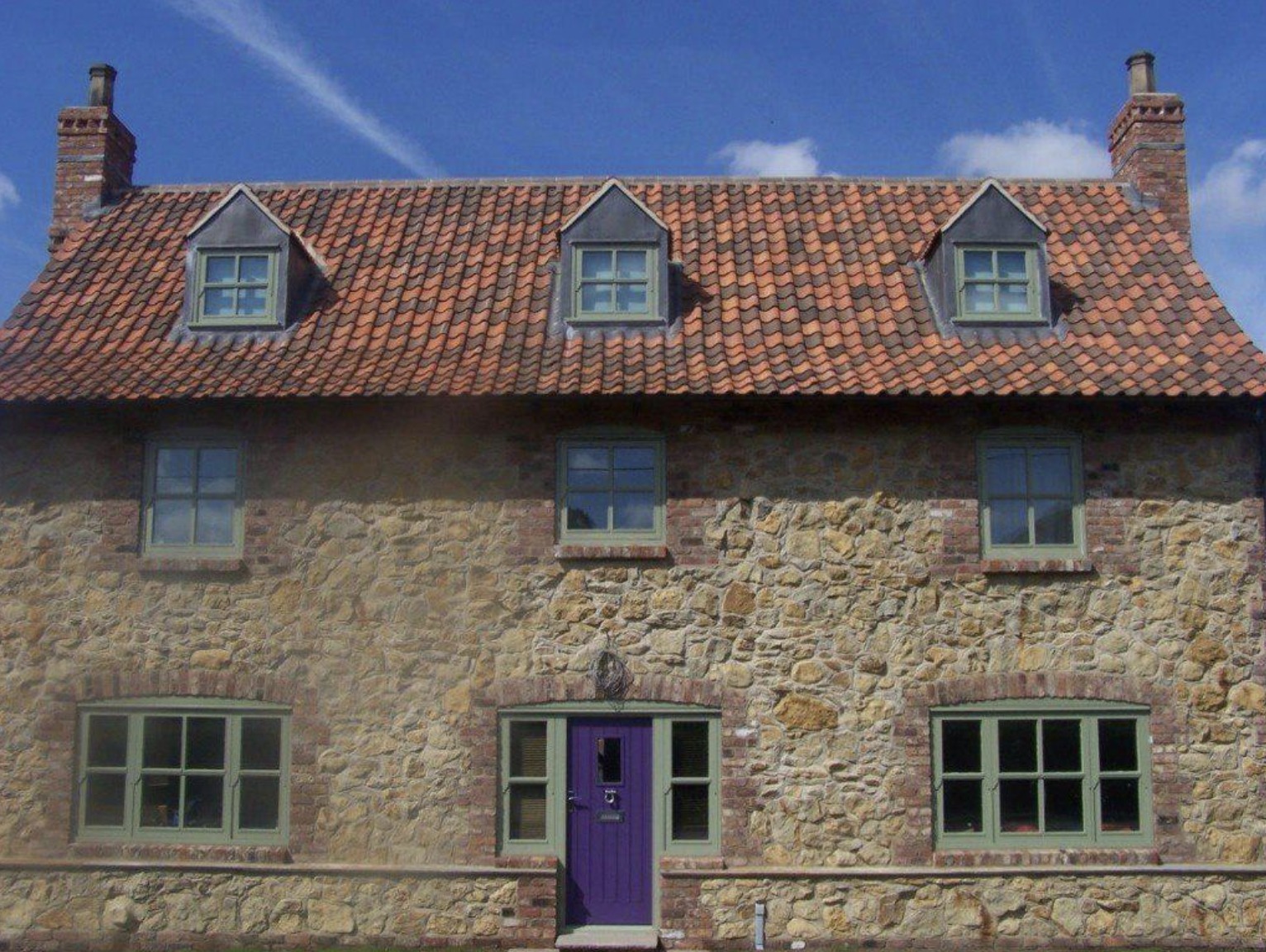
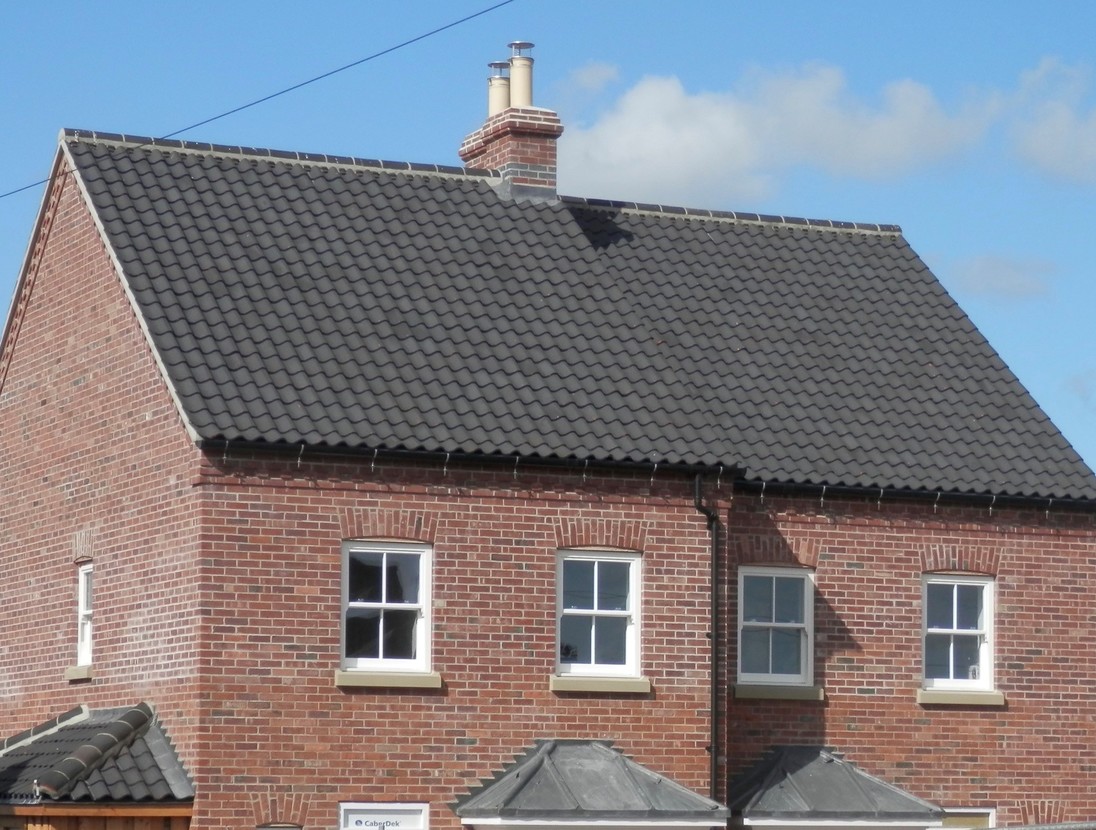

Dark Earth Pantiles
Deep, rich, and dramatic, Dark Earth is an alternative to traditional black-glazed tiles. With little colour variation and a bold, heritage finish, it’s especially suited to historic Norfolk-style roofs.
Barco Old English Pantiles Technical Information
| Item | Measurement |
|---|---|
| Minimum Roof Pitch | 30⁰ |
| Size of Tile* | 343 x 241 mm |
| Headlap (minimum) | 75 mm |
| Batten Spacing* | 257mm – 267 mm |
| Cover Capacity per m² | 17.5 |
| Weight per Cover (kg) | 38.5 |
| Weight per Tile (kg) | 2.2 |
| Weight per Pallet (kg) | 1,100 |
| Quantity per Pallet | 480 |
*Handmade clay tiles are subject to small variations in size because of the drying and firing shrinkage within the manufacturing process. Before deciding on the batten gauge and linear coverage, the roof tiler should inspect each batch of tiles to ensure that the correct minimum head lap and side lap are achieved. Unless otherwise stated, specification and fixing guide is based on the tiles laid at minimum head lap. Tiles should be drawn from three or more packs concurrently to ensure consistency of blend.
Why Choose William Blyth Barco Pantiles?
Authentically Handmade
Shaped by hand, fired in traditional kilns, and made using methods passed down through generations.
Crafted from Our Own Clay
We use Humber alluvial clay from our own reserves for natural durability and depth of tone.
Trusted by Experts
Specified on restoration and conservation projects across the UK.
A Heritage Investment
Tiles that weather beautifully and last for generations.
Sustainable Production
Low waste, British-made, and fired on a heritage-listed site.
Request A Clay Pantile Sample
You can request roof tile samples or download our product certification and documentation for technical peace of mind. We’re always happy to advise on colour matching, conservation requirements, or batch consistency.
Frequently Asked Questions
What makes Barco Pantiles different from other clay pantiles?
Barco Pantiles are handmade from our own reserves of alluvial clay beside the River Humber and traditionally fired in coal-fired downdraught kilns. This process gives each tile natural colour variation and texture—something that can’t be replicated by modern, mass-produced alternatives. Their character and quality make them a trusted choice for heritage projects, listed buildings and self-builds seeking authenticity.
How many pantiles will I need per square metre?
You’ll need approximately 17.5 Barco Pantiles per square metre. However, we always recommend consulting your roofer and checking tile batches for headlap and coverage due to natural size variation in handmade tiles.
Should I mix tiles from different pallets when installing?
Absolutely. To achieve a consistent and natural blend of colours and finishes, we advise drawing tiles from at least three pallets during installation. This is especially important for Weathered, Light Antique, and Natural Red finishes where tonal variation enhances the overall roof character.
What is the minimum roof pitch for Barco Pantiles?
The minimum recommended roof pitch for our Barco Old English Pantiles is 30°. This ensures weather-tight performance and long-term durability in keeping with their traditional design.
Do you offer matching roof tile fittings?
Yes. We produce a wide range of handmade roof tile fittings including ridges, hips, and valleys in matching finishes.
What is a pantile, and where does the word come from?
A pantile is a type of roof tile with a distinctive S-shaped profile that creates a wave-like pattern when laid. The name comes from the Dutch term pan tuil, meaning “pan tile,” introduced to Britain in the 17th century through trade with the Low Countries. Lighter and easier to lay than plain tiles, pantiles became especially popular in eastern coastal regions such as Norfolk, Suffolk, and Lincolnshire. Today, handmade versions like the William Blyth Barco Pantile continue this long-standing tradition—bringing heritage, character, and practical performance to both old and new buildings.
Is it spelled pantile or pan tile?
The correct modern spelling is pantile—written as one word. It comes from the Dutch term pan tuil, meaning “pan tile,” which refers to the tile’s curved, dish-like shape. When these tiles were first introduced to Britain in the 17th century, they were sometimes referred to as “pan tiles” in early texts. Over time, the spelling evolved into the single word “pantile,” which is now the accepted form used in roofing and conservation today.
Case Studies
-
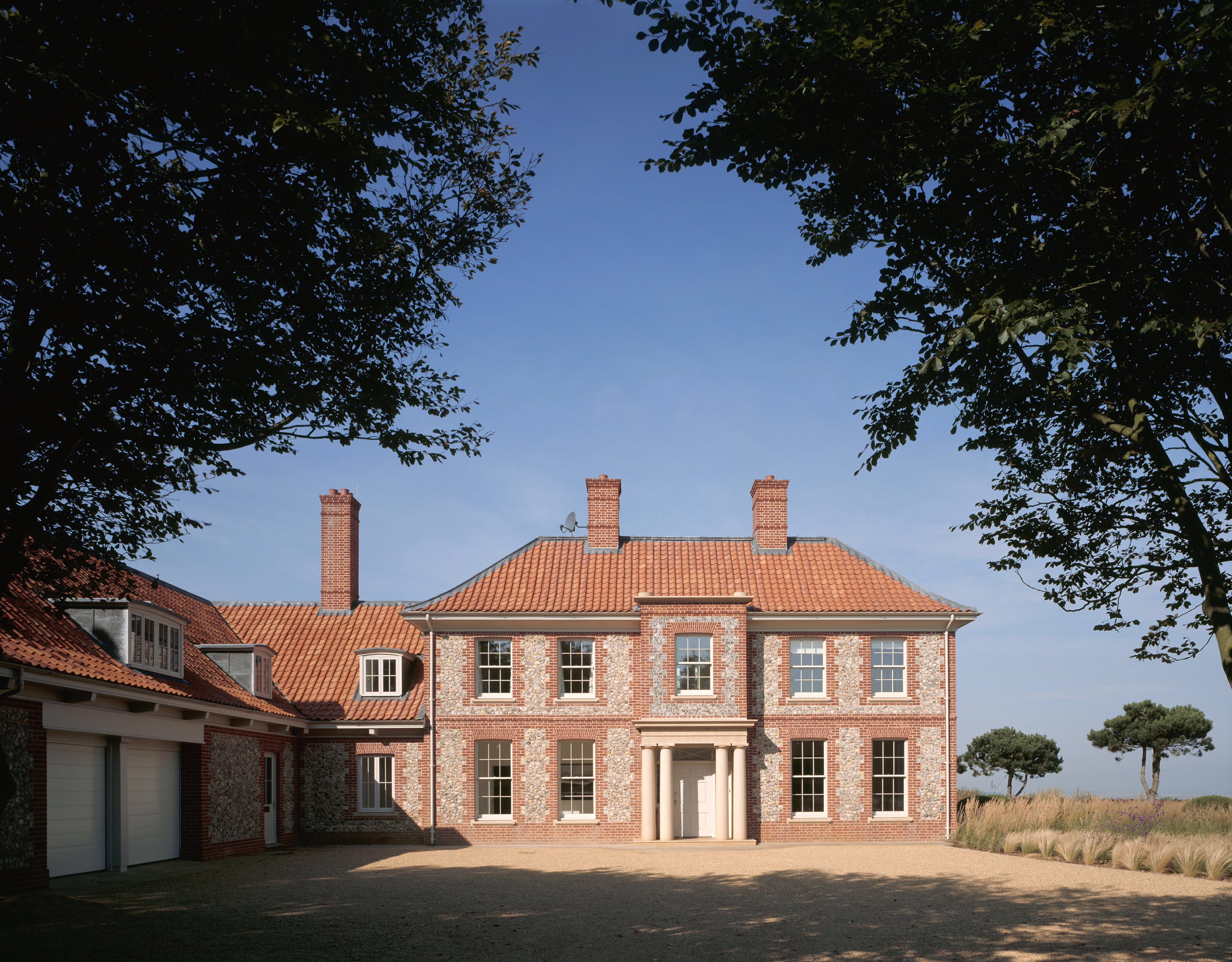
Pantiles Norfolk This replacement dwelling was to replace a previous building from the 1960’s that was demolished on this spectacular…
-
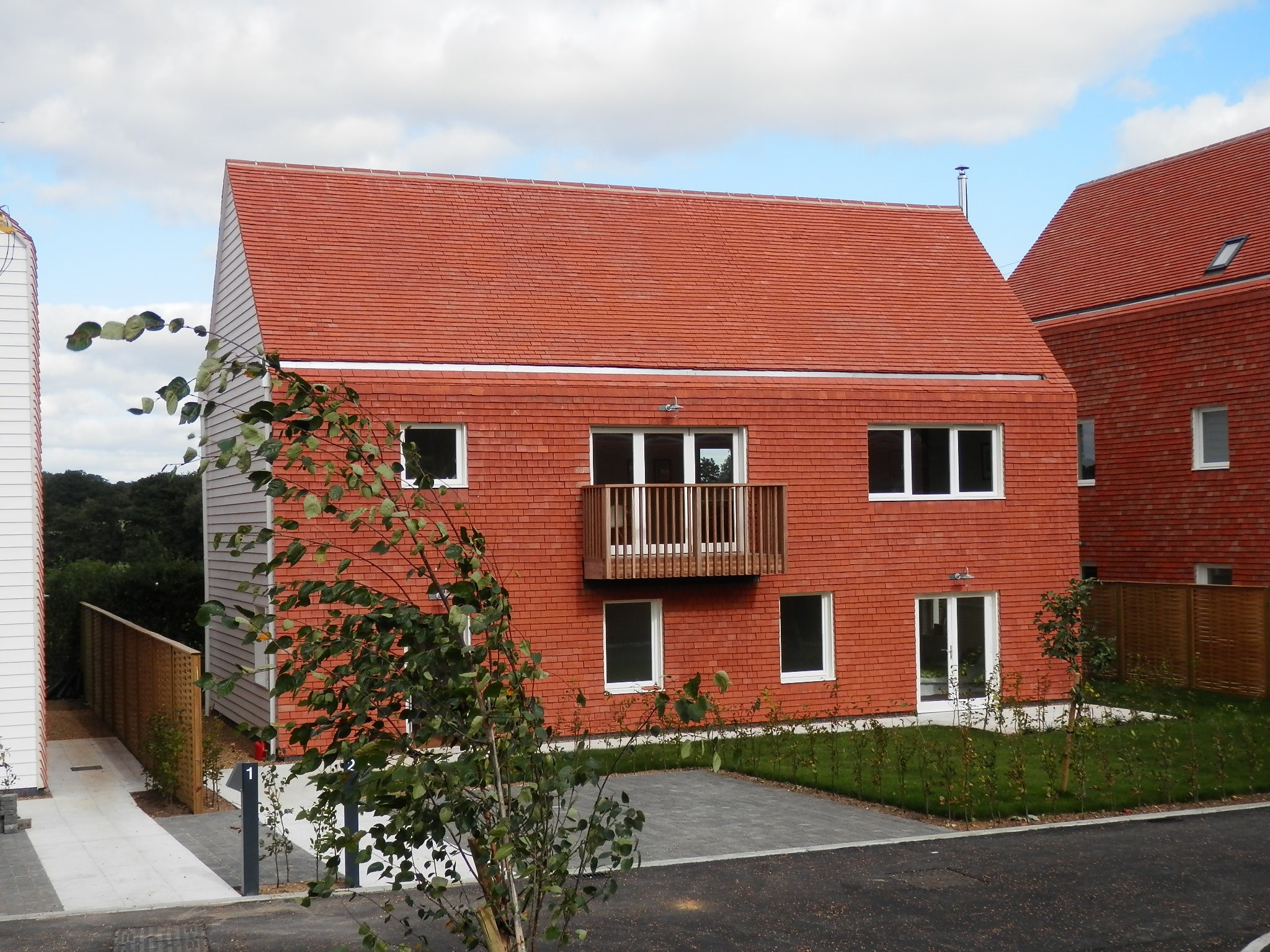
Clay Plain Tiles Suffolk This rural development situated in a quiet, tucked away location consist of just four exceptional properties.…
-
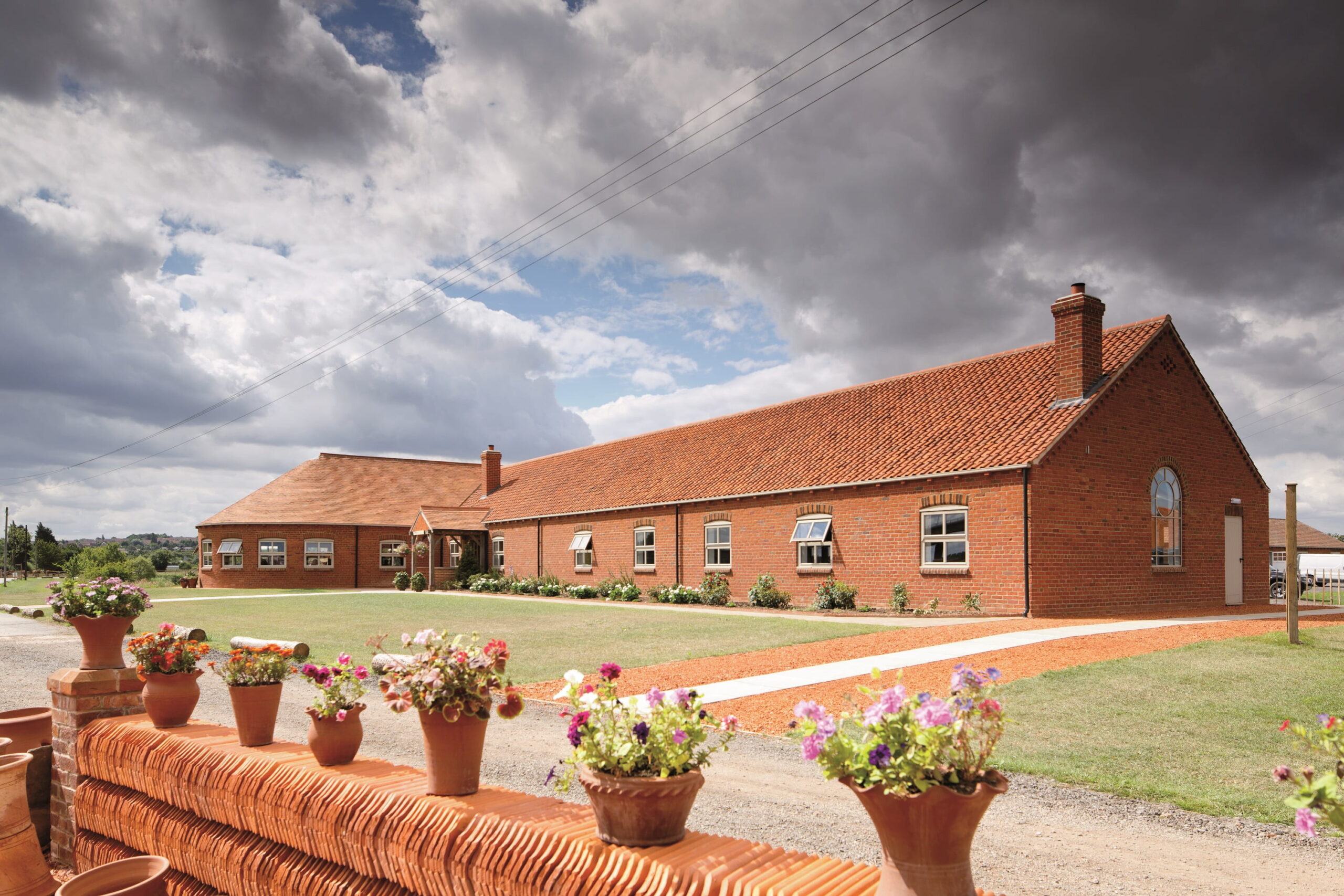
Roof Tiles Barton Upon Humber The Old Tile Works Restaurant was roofed using Natural Red Plain Tiles and Old English…